1. Floating Shelves Everywhere
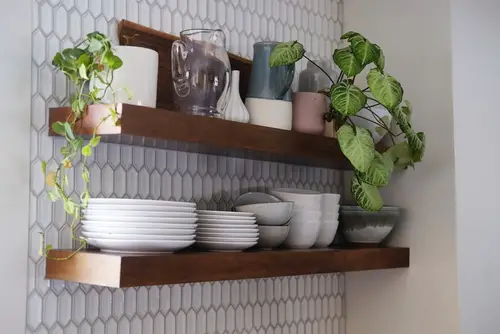
Floating shelves look sleek and minimal in photos, but in real life, they can quickly become impractical. Unless installed properly with strong anchors, they tend to sag or pull away from the wall. They also collect dust faster since they’re fully exposed. What looks like a clean, styled shelf on Instagram can easily become a cluttered mess at home.
The problem is they require constant curation to look good. A few too many books or a plant that droops and the whole aesthetic falls apart. If you’re not someone who likes re-styling every week, it starts looking chaotic instead of chic. They’re better for display than storage, which is rarely how people actually live.
2. White Upholstery Everywhere
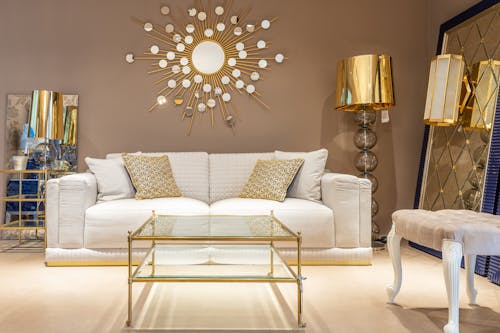
All-white couches, chairs, and rugs scream “luxury lifestyle” in photos, but they’re a nightmare in real life. White fabric shows stains instantly, whether from coffee, pets, or even just normal wear. Professional cleaning costs add up, and slipcovers rarely look as crisp as staged versions online. It ends up looking dingy fast, especially if you have kids or pets.
While the aesthetic is appealing, it’s more suited for showrooms than busy households. Many influencers who showcase this look either don’t use the furniture often or have backup pieces for daily living. It’s not realistic for people who actually sit and relax in their homes. Unless you love stress, skip the all-white living room.
3. Open Shelving in Kitchens
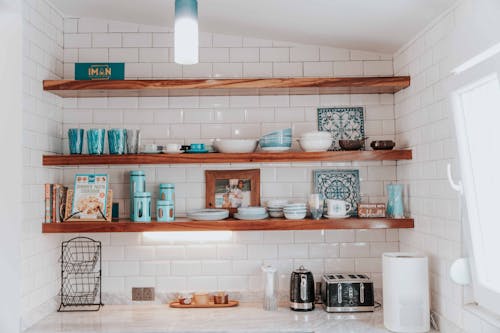
Open kitchen shelves photograph beautifully, showing off neatly stacked dishes and glassware. But in reality, most kitchens don’t stay that curated. Everyday items like mismatched mugs, plastic containers, or kids’ cups don’t exactly look Pinterest-worthy. Dust and grease from cooking also settle on everything.
Unless you’re someone who cleans constantly, it quickly feels unhygienic. Even if you do keep it spotless, it limits how much you can store. Cabinets exist for a reason: to hide the mess of real life. A mix of open and closed storage tends to work much better.
4. Indoor Hammocks and Swings
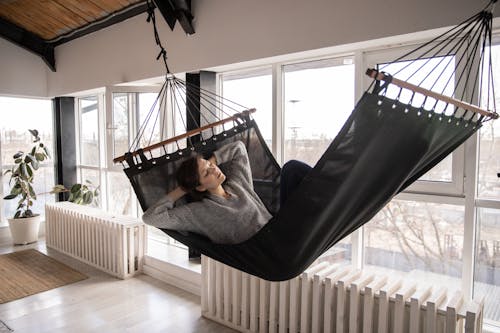
An indoor hammock or hanging chair gives off a fun, bohemian vibe online. But in real life, they’re tough to install safely and can damage your ceiling if not reinforced properly. They also take up a surprising amount of space and limit how you can arrange furniture. Often, they end up being more of an obstacle than a cozy spot.
They’re also not as comfortable for long lounging as they look in staged photos. You can’t sit with a laptop or cup of coffee without feeling awkward. Most people use them once or twice and then they sit empty. A comfy armchair does the job better and without the safety risk.
5. Neon Signs as Decor
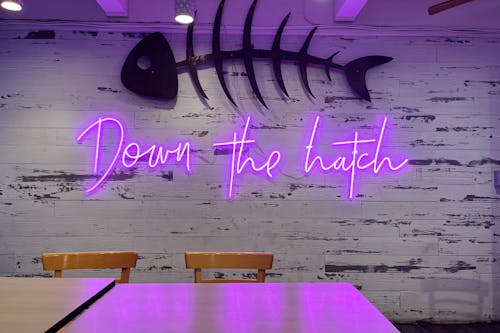
Neon wall signs are trendy in Instagram shots, giving rooms a cool, nightlife vibe. But the reality is they’re harsh on the eyes when you’re actually living with them. The glow can be overwhelming, especially at night, and isn’t relaxing for a living space. They also clash with softer lighting that makes a home feel cozy.
Another issue is that they can feel dated quickly. What looks fun and edgy in a photo may feel gimmicky in your home after a few months. They’re also not cheap, especially custom versions. Unless you’re decorating a bar or game room, they don’t really hold up in daily life.
6. Excessive Accent Walls
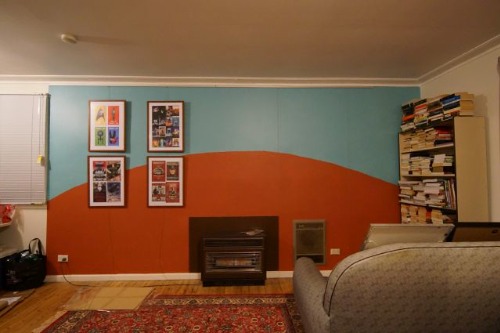
Accent walls pop in photos, especially with bold paint or wallpaper. But in person, they can make a room feel off-balance or visually smaller. If not carefully planned, they compete with furniture and decor instead of complementing them. They’re often more distracting than stylish once the novelty wears off.
The problem is they rarely age well. What feels trendy today can look dated in just a couple of years. Repainting or re-wallpapering isn’t always quick or cheap. Sometimes, keeping walls neutral allows your furniture and decor to shine more naturally.
7. Oversized Statement Lighting

Massive chandeliers and pendant lights look stunning in staged photos, but they don’t always translate well to normal homes. If the ceiling isn’t high enough, they dominate the space and make it feel cramped. They’re also difficult to clean, especially if they have lots of intricate details. Dust and bugs collect quickly in something so large and ornate.
They can also throw off the balance of the room. A dining table or living area can look dwarfed by an oversized fixture. Plus, installation and wiring can be expensive. A well-sized, simpler light fixture often looks just as good in real life without overwhelming the space.
8. Mirrors Everywhere
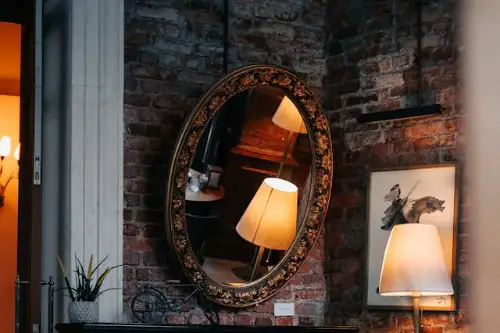
Large mirrors are often used in design hacks to make spaces look bigger online. But in practice, they can be a hassle to maintain. Mirrors show every fingerprint, smudge, and speck of dust. Instead of feeling spacious, they can make a room feel like a funhouse if overused.
Placement also matters, and not every reflection is flattering. You might end up staring at clutter or a blank wall every time you look over. Big mirrors also require sturdy mounting, which isn’t always easy in smaller spaces. A few well-placed mirrors are fine, but going overboard rarely works out.
9. Giant Area Rugs
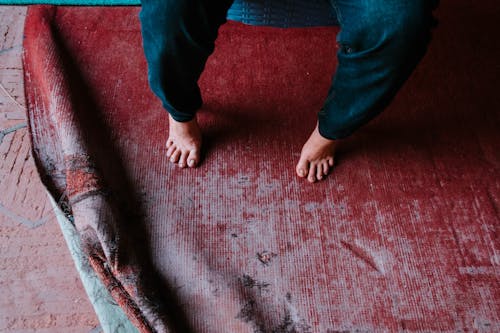
A giant patterned rug can tie a room together in a styled photo. But in real homes, they’re expensive, heavy, and difficult to clean. Spills or pet accidents can ruin them, and professional cleaning is costly. They also wear unevenly if placed in high-traffic areas.
Size is another issue. A rug that’s too large can actually swallow up a room instead of anchoring it. Once it’s down, it’s not easy to move or swap out. Smaller, layered rugs give you more flexibility and are easier to maintain.
10. Minimalist “No Clutter” Spaces
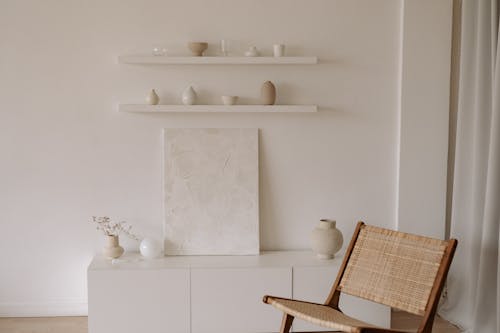
Sleek, minimalist spaces with bare surfaces look calm and organized in pictures. But real life comes with mail, keys, remotes, and other daily clutter that has nowhere to go. Without hidden storage, minimalism often leads to constant frustration. You end up spending more time tidying than enjoying the space.
It also makes homes feel less personal. A perfectly sparse room can feel cold and uninviting. While minimalism works for some, most people prefer a balance of clean design and lived-in comfort. It’s more realistic to aim for “organized but warm” instead of “magazine shoot perfect.”
11. Fake Plants Everywhere
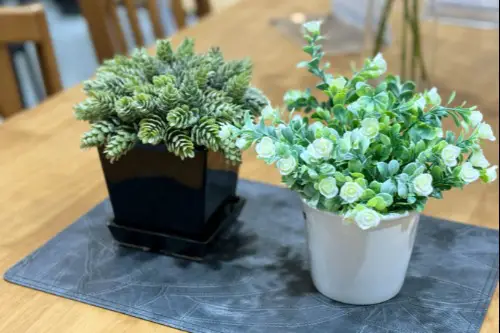
Faux greenery is common in styled interiors because it looks perfect all the time. But in person, many fake plants look plasticky or cheap. They also collect dust, which is harder to clean off than you’d think. Instead of refreshing a space, they can make it feel artificial.
They don’t improve air quality like real plants do, which is a big downside. Plus, the best faux plants are surprisingly expensive, often costing more than real ones. If you want greenery, a few low-maintenance live plants like snake plants or pothos work better. Fake plants should be accents, not the main event.
12. Glass Tables
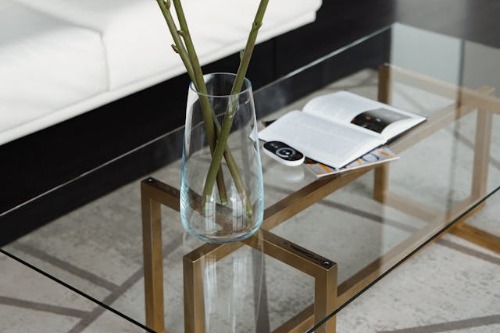
Glass coffee tables and dining tables often look chic in online photos. They give an airy, open feel and reflect light beautifully. But in daily life, they show every fingerprint, smudge, and water ring. They’re also prone to scratches and chips.
Another problem is they’re not the most family-friendly. Glass edges can be dangerous for kids, and they’re heavier than they look to move. Instead of being low-maintenance, they become a cleaning chore. They’re lovely for styled shoots but impractical for most households.
This post 12 Interior Design “Hacks” That Look Great Online But Fail in Real Life was first published on Greenhouse Black.
